How can we as a public company prepare for 2030? That was the task that De Lijn entrusted to TomorrowLab. What followed was a unique ‘outside-in’ approach, with a view to disruption. From unimodal bus operator to multimodal mobility integrator.
De Lijn has for a long time been different from the classic transport company with buses and trams. The company has for years been investing in much broader transportation solutions, such as carsharing via Cambio, bike sharing with Velo in Antwerp and also the Blue bikes offered by the Belgian railways (NMBS/SNCB). Innovation has also been at the forefront for many years at De Lijn: in the upcoming years there are pilots on Brussels Airport, but also in midsized cities with self driving shuttles. Digitalisation is one of their priorities and there are 1000 electric busses coming. Joachim De Vos: ‘There are few mobility organizations that are known to think as innovatively as De Lijn’.
Roger Kesteloot, director-general of De Lijn, thinks that as a public company, you have an obligation to keep on looking at what is happening in your environment. Every year, an analysis is carried out that sets the direction for the next five to ten years. ‘A few years ago we reached the conclusion that the changes in our environment and the speed at which they are happening were such that it was no longer sufficient to carry out a quick business review once a year. It was no longer a question of making small adjustments on the left or right. Disruption is a trendy word, almost a cliché, but it is true that in our sector a number of disruptive events are under way. These involve not only the types of problems that arise, but also the kinds of solutions that are being sought and the players who will offer those solutions’. He gives a few concrete examples of those developments. The age at which young people get their driving licence is rising. For young people, owning their own car is much less important than it was two generations ago. ‘The younger generations are not so interested in ownership, but in exchange for the use of solutions they do ask for more comfort and convenience. The sharing economy offers them a number of opportunities’.
Time to rethink ourselves
The classic stability in the number of players on the market is also gone. Uber is present with a taxi system and Google is working on commercialising self-driving cars. ‘In Belgium, we have the combination of Be-Mobile with Proximus. One controls floating car data, the other the mobile phone data. Bring those together, and you can make perfect mobility simulations. Those are all players who ten years ago were not present on our market. So you have to ask yourself, what do you do with that? Do you remain in the classic activities, with perhaps here and there a bit of product differentiation? Do you continue to concentrate on those, even at the risk that between ten and twenty years from now, they will become superfluous? Should you drop a few things that you’re doing today because someone else can do them better, faster, more flexibly? Should you fall back on your strengths or opt for a scenario in which you work more proactively? How do we position ourselves vis-à-vis the new players? Will we all try to do the same things, or can we look at forming partnerships with some of those new players? One thing is certain: resisting them is useless’.
De Lijn employs 8000 people. How do you start carrying out such an exercise about something that lies so far in the future? The structural approach of TomorrowLab placed the company immediately on the right track towards 2030. We came fairly quickly to the understanding that you can’t do such an exercise with the top management only. You will remain too closely along well-trodden paths in that case. We took a look at the various domains in our organization. We identified people who know what is going on at the company, but at the same time have the vision and affinity for looking very openly at what is going on around us.’
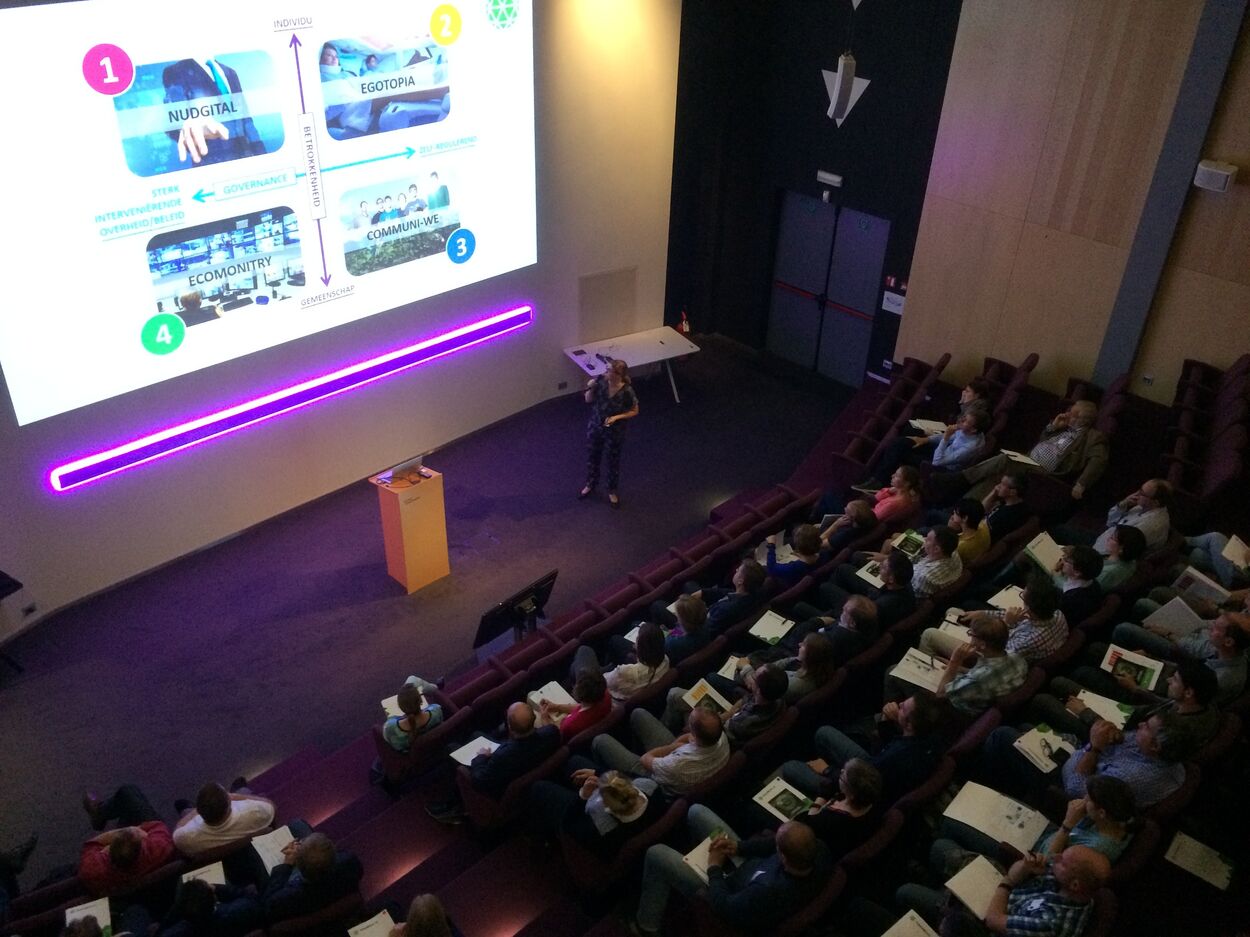
Stepping out of our comfort zone
Joachim De Vos raises a corner of the veil over the tasks of such a core team. ‘Everyone has to leave his or her comfort zone at the beginning. Among other things, we took them on an experience journey to experience first-hand what new mobility services offered. We shared them expert insights on how the mobility sector could evolve. Many enriching ideas came out of this.’
Roger Kesteloot adds: ‘It was very important to make it clear to people that they need not worry about having to make a presentation to directors about how they could do things better. We let them know from the outset that they should colour outside the lines. You could see after a number of sessions that a very enriching form of collaboration came about. You take people out of their comfort zone, but as a result I too was taken out of my own comfort zone. That is refreshing.’
All potential changes that the core team identified, the scenario exercises and the ideas were presented to the mirror team, on which the management sat. This was not done in order to validate the ideas, but to discuss them and design the next steps. This way, two axes were drawn up, on which four extreme scenarios or images of the world were developed. Naturally, account was taken of the role of the government. ‘If you look at mobility developments in Western Europe, then the entire axis from individual and community will play an important role. Will it be growing individualization or on the contrary, collectivization? The second axis is a bit more typical for a public company: the private versus public initiative and the role of the governments. If you apply these aspects to our business, then you come to four very different scenarios.
How will we as an organization play a role in the future? What are our strategic options taking these different future scenarios into account? A new strategy and vision was created with the management team and Board of Directors. De Lijn will transform from an unimodal bus operator to a multimodal mobility integrator. A strategic roadmap was set up and innovation projects defined. Together with their strategic partners a new pathway into the future of public transport is taken. By taking this outlook into the future we keep on being alert, eyes and ears are now open, and the early warning signals of change are being interpreted correctly.
As Tomorrowlab we helped them with an aligned future vision, a strategic plan, new validated business activities, an innovation ecosystem with new strategic partnerships and an early warning system that alerts for potential changes ahead.
You take people out of their comfort zone, but as a result I too was taken out of my own comfort zone. That is refreshing.
Roger Kesteloot, De LijnThe public transport experience
Roger Kesteloot says that because of the current budgetary limitations, it is tempting to focus on core activities, to make processes more efficient and simpler, and to work towards a flatter organization.
‘That is good for the short term. But you have to make sure you don’t come to the realization at a certain point that others have meanwhile been bringing a solution for the same problem to market that is better than what your in your own very efficient and targeted approach are delivering. Our strategy must be that we look both at today’s ancillary activities and tomorrow’s core activities. With the characteristics of our present-day organization, we should not try to become a large Uber ourselves. It is very difficult to be selfdestructive as an organization, to say that we are going to ditch our own business and develop something entirely different. We do go in search of potential partners in that area, and that can involve many different things’.
He is fully in support, for example, of the open data policy of the Flemish government. ‘Everyone and their dog can develop apps using our travel information. The only thing we ask is that they commit themselves always to use the most up-to-date information.’
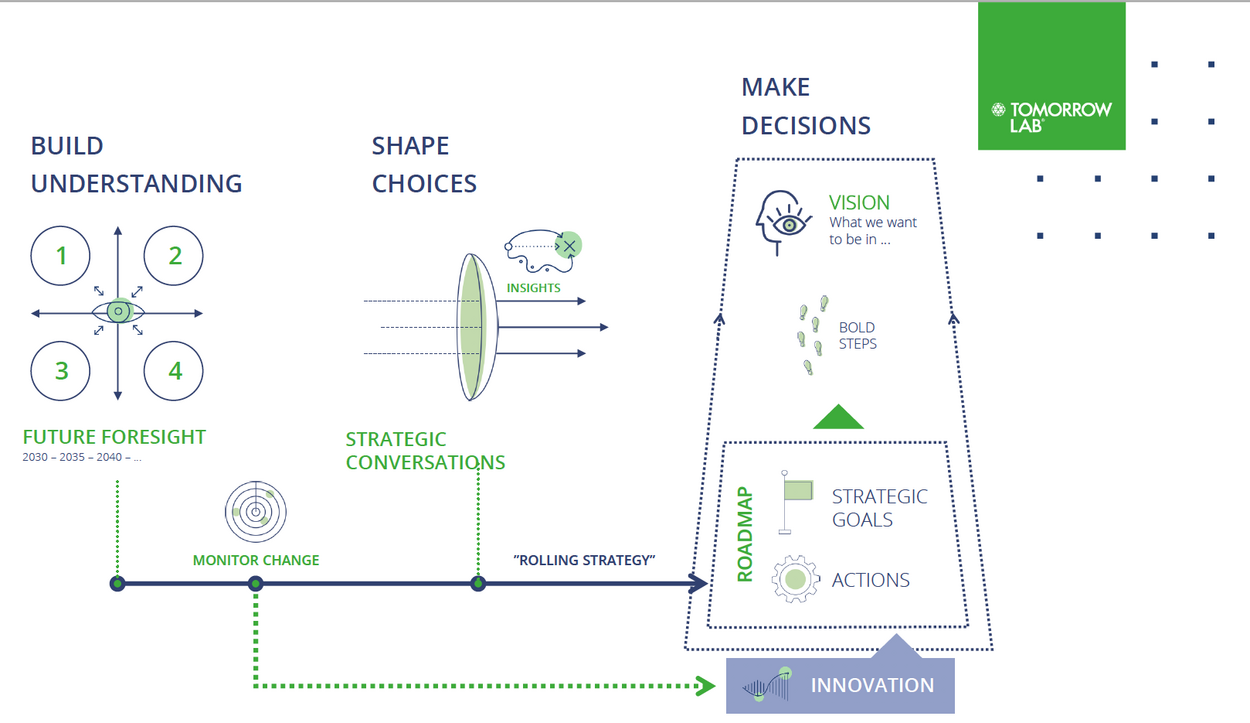
Future Team
The exercise is not quite finished. Dorothy Mingneau, one of our Innovation Designers is working on setting up a ‘future team’ that will monitor the environment continuously for early warning signals. ‘De Lijn considers it very important that the social and commercial signals are constantly picked up’, she says. Roger Kesteloot: We have a community of people who are exchanging incredible things. Now and then, they walk into my office here: say, have you read this or seen that? That works very well.’
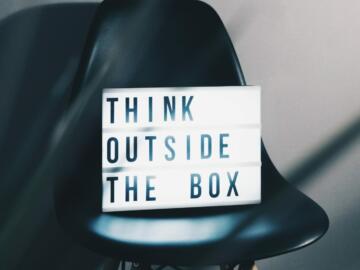
Strategy stress testing
This Strategy Stress Testing program is an assessment of how your current strategy and business model perform under realistic but severe or unexpected market changes. Across different phases and through challenging questions, your business will be examined, the most critical future challenges will be identified, and pathways to address these challenges will be determined.
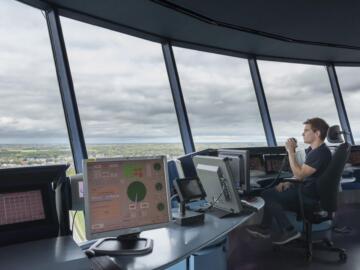
The future looks bright
skeyes ensures the safety and efficiency of air traffic in Belgium. The air traffic controllers of skeyes supervise more than 3,000 aircraft every day, representing more than a million aircraft movements per year. The autonomous public company operates in the heart of Europe, in one of the continent's busiest and most complex airspaces.
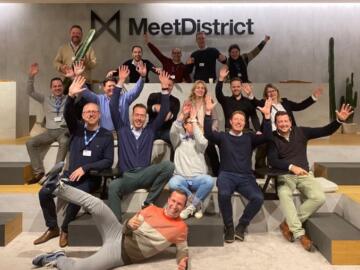
Embracing Change: Navigating the Future of Titeca in the New Era
Advancements in technology, evolving customer expectations, and the emergence of new generations of employees: Titeca pro accountants & experts, a leading company in the accounting industry, recognized the need to adapt to the rapidly changing business landscape.
